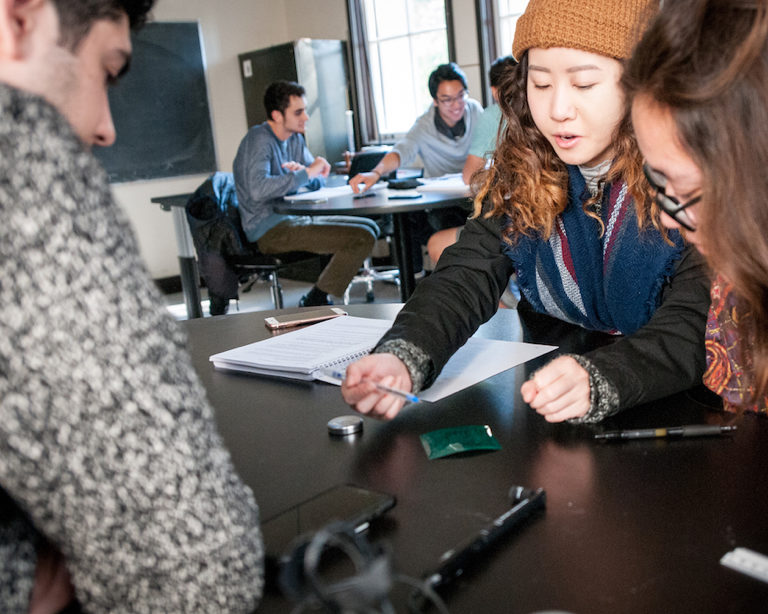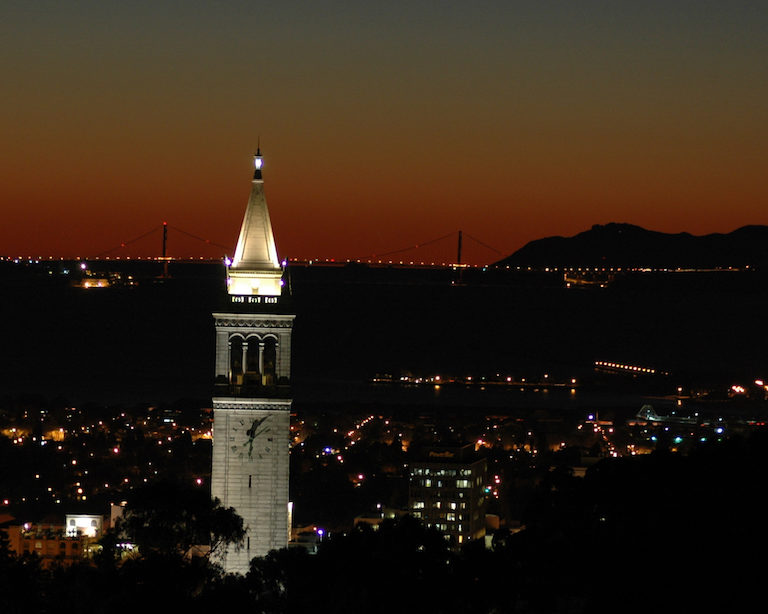Nuclear Physics
Berkeley nuclear physics faculty work on low-energy neutrino physics, including solar and supernova neutrinos; nuclear astrophysics, including the origin of the elements and the nuclear physics of dark matter direct detection; studies of ultra-relativistic heavy ion collisions, to probe the properties of strongly interacting matter at extreme energy densities; electroweak interactions, including tests of symmetries using neutrinoless double beta decay and electric dipole moments; and various aspects of many-body physics. We are closely connected to and affiliated with sister groups in astrophysics and particle physics.
The research is carried out at a variety of locations and within several national collaborations. These include the Canadian deep underground laboratory SNOLab and the Relativistic Heavy Ion Collider at Brookhaven. Berkeley faculty play key roles in the double beta decay experiments SNO+ and CUORE, and in the Phenix and sPhenix detectors at RHIC.
In theory, the CaliforniaLattice (CalLat) collaboration uses lattice QCD to predict properties of nucleon and few-body nuclear systems. Berkeley leads the 13-institution NSF Physics Frontier Center N3AS (Network for Neutrinos, Nuclear Astrophysics, and Symmetries), which focuses on the multi-messenger astrophysics of supernovae, neutron stars, and their mergers.


